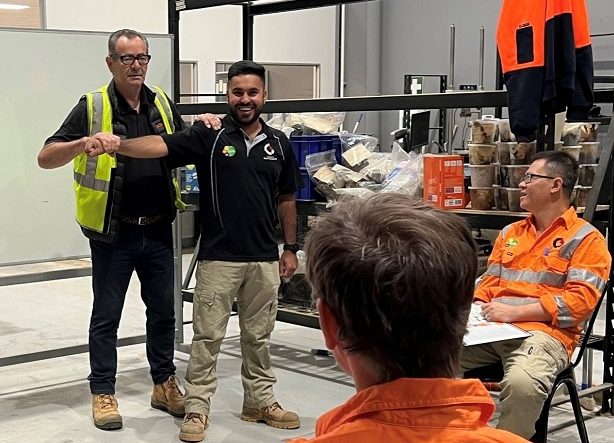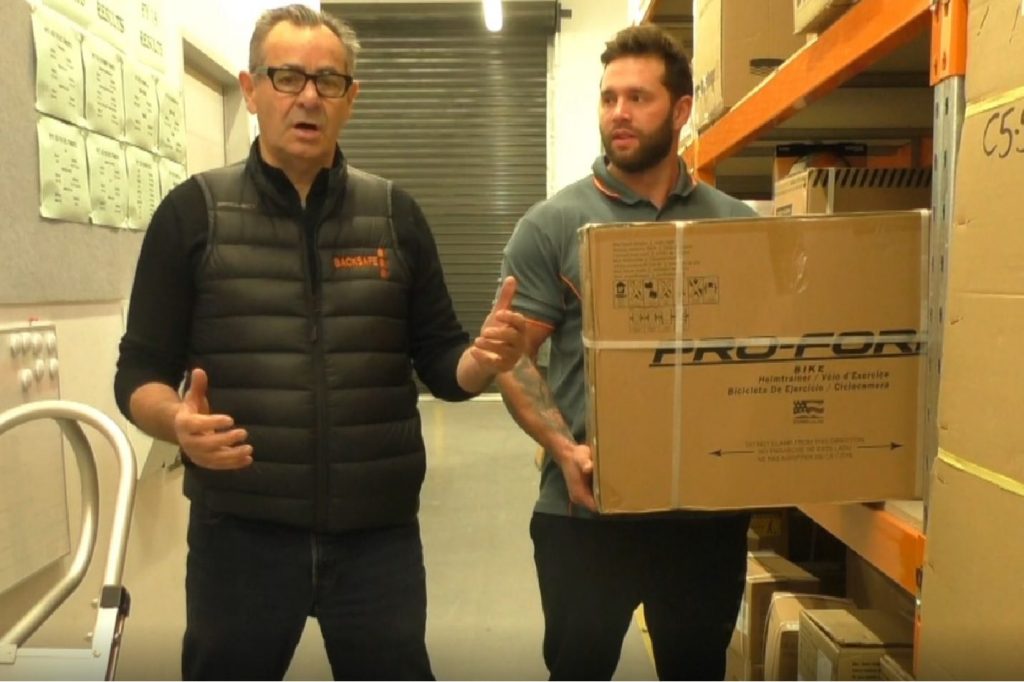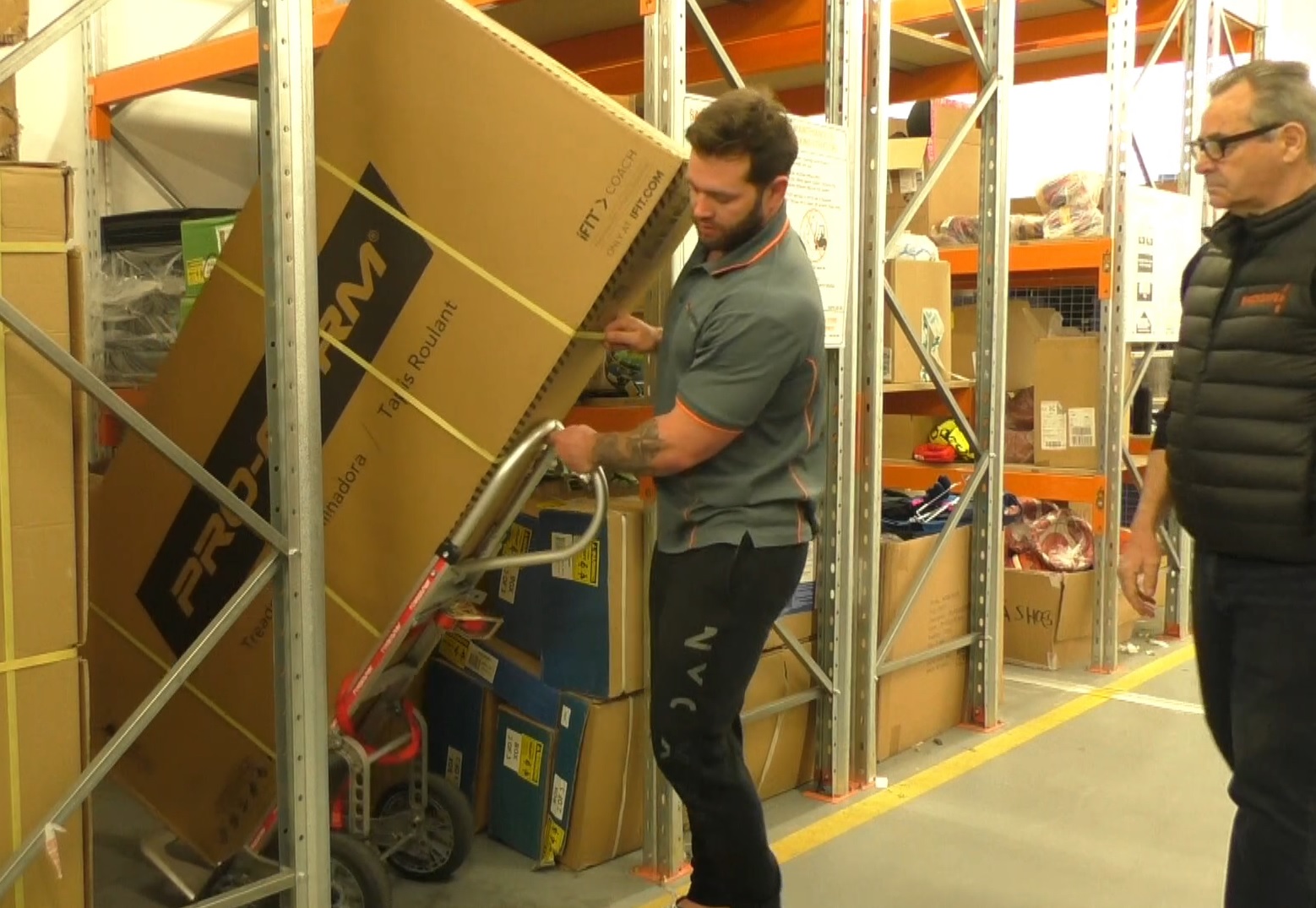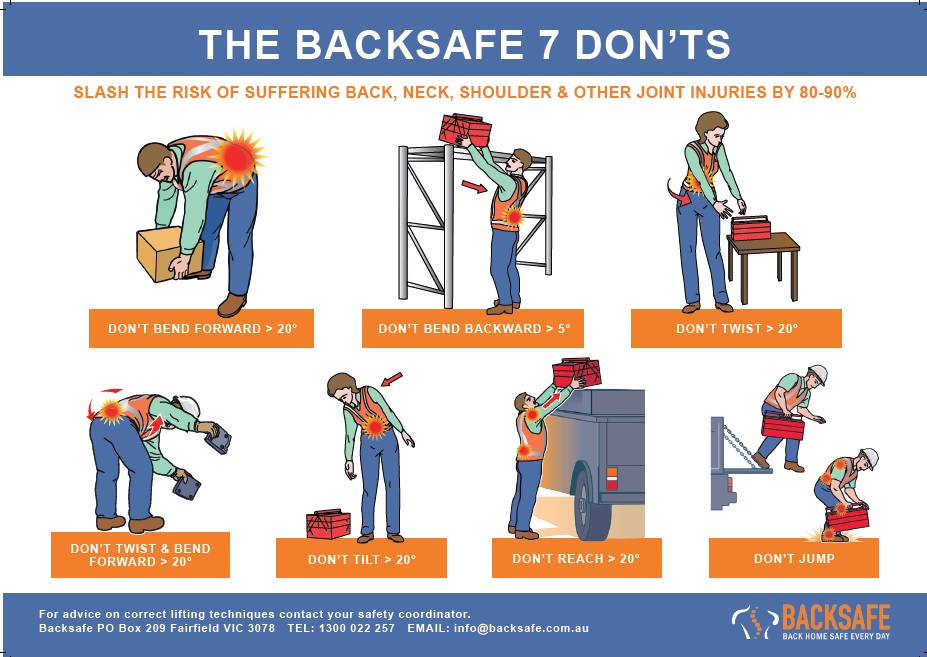In most workplaces, manual handling is a common activity that involves the lifting, carrying, pushing, or pulling of heavy objects or loads. While it may seem like a simple task, manual handling can actually pose significant risks to the health and safety of employees if not done correctly. That is why it is crucial for organisations to establish proper manual handling procedures to protect their workforce and prevent potential injuries.
Understanding the Basics of Manual Handling
Before delving into the procedures for manual handling, it is essential to have a clear understanding of what it actually entails. Manual handling refers to any activity that requires the use of physical force to lift, lower, carry, or move an object. It involves the use of the human body as the primary mechanism for accomplishing the task. Understanding this basic definition is crucial in implementing effective manual handling procedures.
Manual handling tasks can vary greatly in nature and complexity. From lifting heavy boxes in a warehouse to carrying delicate equipment or patients in a hospital setting, the range of activities is extensive. Each task requires a unique approach to ensure safety and efficiency. Proper training and awareness of the specific demands of each task are essential for preventing injuries and promoting workplace well-being.
Definition of Manual Handling
Manual handling can be defined as any activity that requires an individual to exert force to lift, move, or support a load. This can include lifting heavy boxes, carrying equipment, or pushing/pulling heavy trolleys or carts. It is important to note that manual handling can occur in various settings, including warehouses, construction sites, hospitals, and offices.
Moreover, manual handling extends beyond simply lifting and carrying objects. It also encompasses tasks such as pushing and pulling, which can put strain on different muscle groups and joints. Understanding the full scope of manual handling activities is crucial for developing comprehensive risk assessments and implementing appropriate control measures to prevent injuries and promote ergonomic work practices.
Importance of Correct Procedures
Proper manual handling procedures are of utmost importance due to the potential risks involved. Incorrect manual handling can lead to a range of injuries, from back strains and muscle sprains to more severe conditions such as herniated discs and fractures. By implementing the right procedures, organisations can minimise the occurrence of these injuries and maintain a safe and healthy working environment.
Furthermore, promoting a culture of safety and well-being within an organisation is essential for ensuring compliance with manual handling regulations and standards. Regular training sessions, ergonomic assessments, and open communication channels regarding manual handling practices can empower employees to prioritise their health and safety while performing manual tasks. Investing in proper equipment, such as lifting aids and ergonomic tools, can also significantly reduce the risk of injuries associated with manual handling activities.

Identifying Risks in Manual Handling
Before establishing manual handling procedures, it is crucial to identify the specific risks associated with the task. This requires conducting thorough risk assessments and observations to determine the hazards that may be present in the workplace.
When conducting risk assessments for manual handling tasks, it is essential to consider various factors such as the weight of the load, the distance it needs to be carried, the frequency of handling, and the working environment. By taking a comprehensive approach to risk identification, organisations can better protect their employees from potential injuries and create a safer workplace.
Common Hazards
There are several common hazards that can occur during manual handling activities. These include improper lifting techniques, poor posture, overexertion, repetitive tasks, and inadequate training. Each of these hazards can significantly increase the risk of injuries and should be addressed in the manual handling procedures.
Improper lifting techniques, such as bending at the waist instead of the knees, can put excessive strain on the lower back and lead to musculoskeletal injuries. Poor posture while handling loads can also contribute to muscle imbalances and increase the risk of strains. Overexertion from lifting objects that are too heavy or carrying loads over long distances without adequate rest can result in fatigue and potential accidents.
Potential Injuries from Incorrect Techniques
Incorrect manual handling techniques can lead to a variety of injuries, both acute and chronic. Back strains, sprains, and fractures are some of the most common injuries associated with manual handling. Moreover, repetitive strain injuries, such as carpal tunnel syndrome, can also develop over time due to improper handling techniques. Understanding the potential injuries can further emphasise the importance of implementing proper procedures in manual handling activities.
It is crucial for organisations to provide manual handling training to employees on the correct techniques to prevent injuries and promote a culture of safety in the workplace. By raising awareness about the risks involved in manual handling and empowering employees with the knowledge to mitigate these risks, companies can create a healthier and more productive work environment.
Steps in Manual Handling Procedures
Effective manual handling procedures involve a series of steps that should be followed to ensure the safety and well-being of employees. These procedures encompass the preparation for manual handling, proper lifting techniques, and safe carrying and setting down procedures.
Preparing for Manual Handling
Before engaging in any manual handling task, it is crucial to assess the load and determine if it can be safely lifted and moved. Clear communication and coordination between employees involved in the task are also essential. Furthermore, providing appropriate personal protective equipment (PPE) and ensuring its proper usage can enhance the safety of manual handling activities.
Proper Lifting Techniques
One of the vital aspects of manual handling procedures is proper lifting techniques. Employees should be trained on the correct way to lift heavy objects, including bending the knees, keeping the back straight, and using their legs and not their back muscles to lift. Implementing these techniques can significantly reduce the risk of back injuries and strains.
Safe Carrying and Setting Down Procedures
In addition to lifting, carrying and setting down objects also require proper procedures to minimise the risk of injuries. Employees should be trained to avoid twisting their bodies while carrying heavy loads and to maintain a stable and balanced position. Moreover, providing adequate rest breaks to prevent fatigue and adjusting the height of work surfaces can also contribute to safer manual handling procedures.

Implementing Manual Handling Procedures in the Workplace
Once the manual handling procedures have been established, it is crucial to ensure that they are effectively implemented in the workplace.
Training Employees
Proper training is an essential component of implementing manual handling procedures. All employees should receive comprehensive training on the correct techniques and procedures to follow when engaging in manual handling tasks. This includes not only initial training but also regular refresher courses to keep employees informed and up to date with the latest guidelines and practices.
Training Courses such as Backsafes Manual Handling Training are a great way for Australian businesses to implement proper training within their organisation.
Regular Assessment and Review of Manual Handling Procedures
Manual handling procedures should not be treated as a one-time task. Regular assessments and reviews should be conducted to identify any gaps or areas for improvement. Organisations should involve employees in this process to gather their feedback and insights, as they are the ones directly involved in manual handling activities.
In conclusion, proper procedures for manual handling are essential in safeguarding the health and well-being of employees. By understanding the basics of manual handling, identifying risks, and implementing the necessary steps, organisations can minimise the occurrence of injuries and ensure a safe working environment. Regular assessment and adherence to legal requirements further enhance the effectiveness of manual handling procedures. Through collective efforts and continuous improvement, the risks associated with manual handling can be significantly reduced, benefitting both employees and employers alike.




